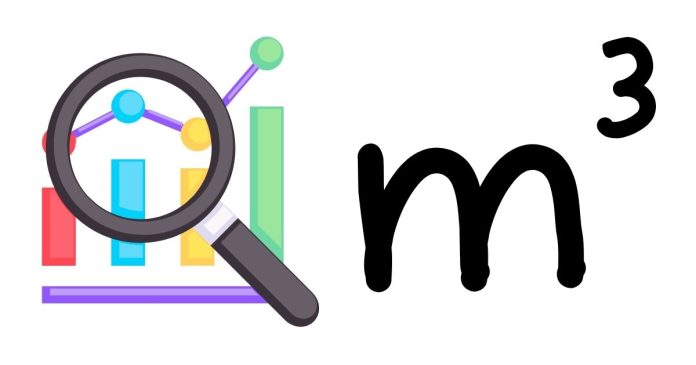When it comes to measuring volume, whether it’s for liquids, gases, or even solids, the metric system provides a straightforward and universally accepted standard. The standard unit for volume in the metric system is the liter (L).
Understanding the Liter
The liter is the base unit used to quantify volume in the metric system. It is a convenient unit because it is easy to use and is commonly found in everyday applications. A liter is equivalent to 1,000 milliliters (mL), or 1 cubic decimeter (dm³). While the liter itself isn’t an official SI (International System of Units) unit, it is widely recognized and used in science, industry, and daily life. It is also part of the metric system’s coherent set of units.
To clarify:
- 1 liter (L) = 1,000 milliliters (mL)
- 1 liter (L) = 1 cubic decimeter (dm³)
This makes it simple to convert between units when measuring volume. For example, if you need to measure smaller quantities of liquid, you would use milliliters, and for larger quantities, you could use liters.
Derived Units for Volume
While the liter is the standard unit for volume in the metric system, it’s essential to recognize that volume can also be measured in other derived units based on the metric system, depending on the context:
- Cubic Meter (m³): The cubic meter is the SI-derived unit for volume and is defined as the volume of a cube with sides that are one meter long. 1 cubic meter is equal to 1,000 liters (L).
- 1 m³ = 1,000 L
- Milliliter (mL): A milliliter is a thousandth of a liter, commonly used to measure small volumes like liquids in medical or culinary contexts.
- 1 mL = 0.001 L
Common Uses of the Liter
The liter is commonly used to measure liquids like water, milk, and gasoline, as well as gases in everyday situations. It’s also often used to describe the size of containers (like bottles and tanks). The metric system’s simplicity allows for easy conversion between different units, making it especially useful for international trade, scientific research, and daily life.
In summary, the standard unit for volume in the metric system is the liter (L). While the cubic meter (m³) is the official SI unit, the liter is widely used due to its practicality and ease of conversion. Understanding this unit and its subdivisions (like milliliters and cubic decimeters) makes it easy to measure and work with volume in various fields, from cooking and manufacturing to scientific experiments. The metric system’s consistency ensures that these measurements are universally understood, no matter where you are in the world!


